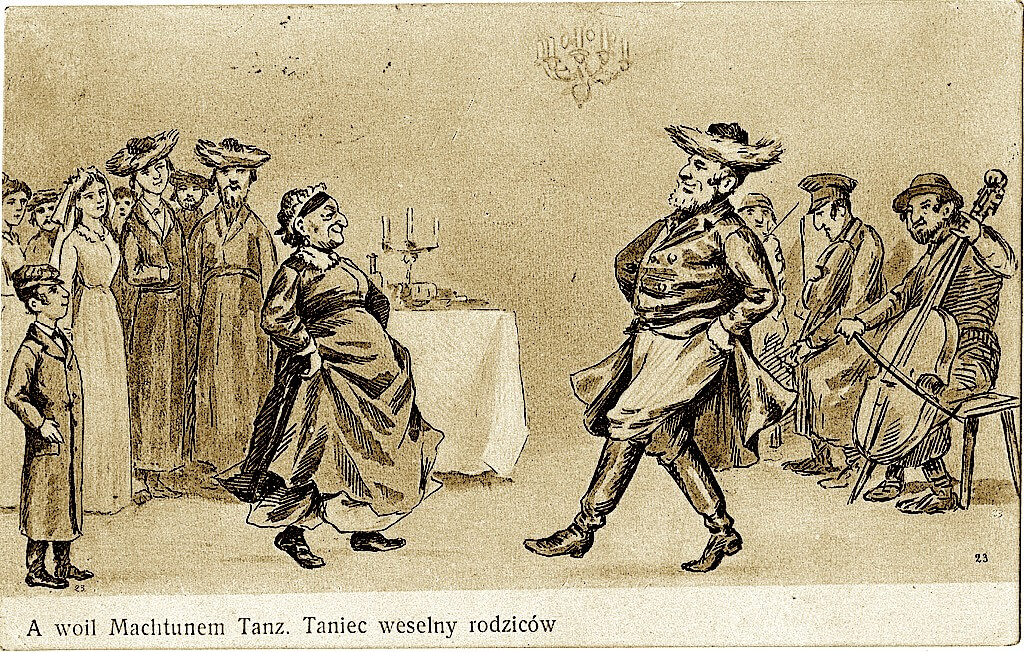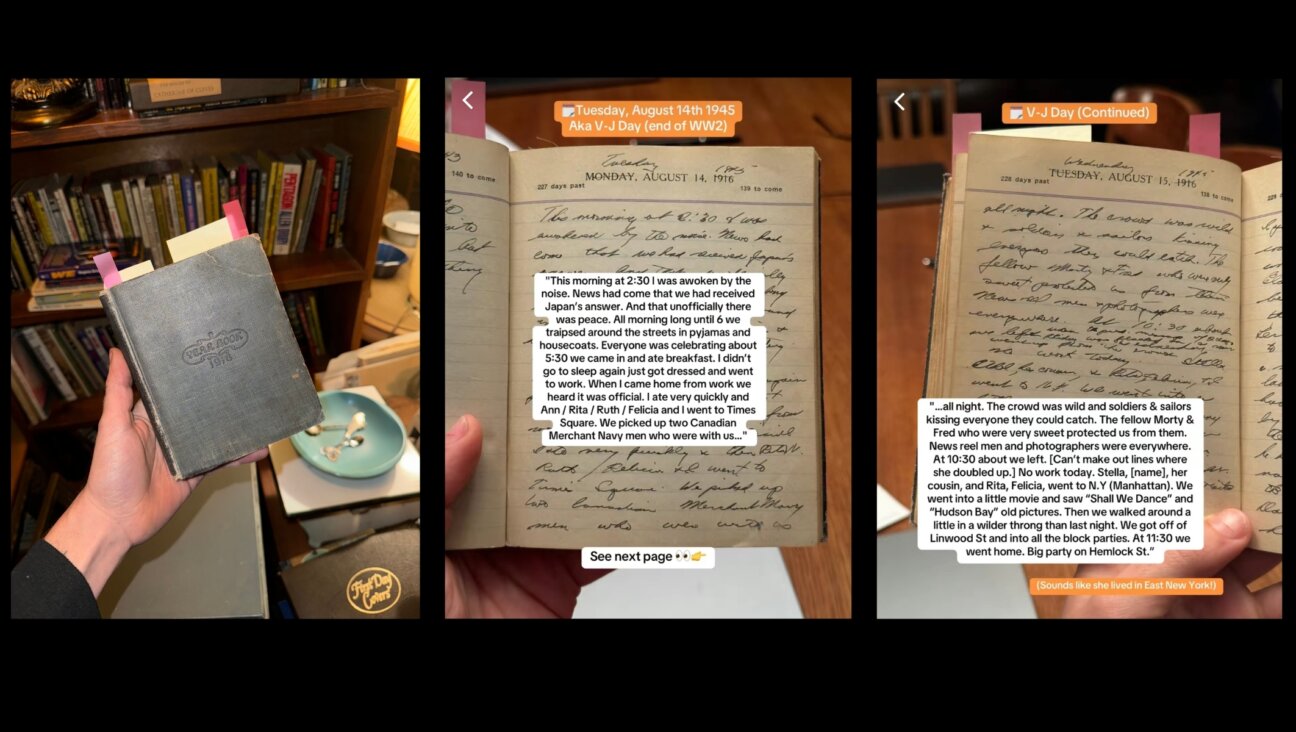Byline Bias — and What We Can Do About It
This year’s batch of VIDA numbers, detailing women’s bylines — or lack thereof — at major literary-oriented magazines and book review sections were as dismal as last year’s, as Elissa notes.
I got into writing and journalism to elevate other people’s voices. I find it demoralizing that I have to fight to get my own heard. I shouldn’t be surprised: my high school newspaper was sexist; my college newspaper was sexist. I decided to be a professional freelancer in part because I simply didn’t want to deal with being the “office feminist” in a newsroom that I assumed would be a hostile environment.
On one level, reading those skewed numbers blows my mind; on another, I want to shout “of course!” After all, the simple belief that women should have the same social, economic, and political opportunities as men, is treated by some today as compromising one’s “objectivity.” Even for male journalists, taking active steps to combat sexism probably jeopardizes their reputations as detached and scrutinizing (or they think it does, and that’s their excuse).
And, in my experience, the reality may even be worse than the numbers. Women who are allowed to be prominent — and this is not to erase those who do it on their own merit, because their numbers are growing — often don’t challenge the worldview of those who hire them. In fact, given all the anti-feminists like Caitlin Flanagan, Katie Roiphe and Christina Hoff Summers taking prime media real estate, it would seem that for women, reinforcing sexism is a good formula for vaulting ahead.
It’s absurd that so little progress has been made. The world of writing should not only be eliminating gender bias, we should be focusing energy on recruiting and retaining writers from diverse socioeconomic and ethnic backgrounds, eliminating unpaid internships to widen the pool of potential staffers, and making sure that in the future, “thought leaders” are not simply “coastal elites” and J-School grads who represent a slim proportion of actual thought. I shudder to think of what a VIDA-like chart for white vs. nonwhite writers would look like.
I probably sound cranky. I admit I am. To compare my own frustrated reaction to others I asked my literary and journalist friends on Facebook and Twitter how the VIDA numbers made them feel, and here are some of the answers I got:
• “Business as usual, continuing the dominant masculine social paradigm…”
• “it’s good to see what we are up against… this fires me up.”
• “I started out feeling disappointed, even betrayed, by the way these literary institutions have played at equity without actually committing to it. Then I got pissed.”
• “Unnerving, upsetting, discouraging and expected.”
• “The further I advance in my career the heavier a weight sexism becomes. I know I’ll have to work even harder to advance at every level. VIDA’s graphics are a visual representation of what I’m up against.”
• “It’s a vicious cycle because people solicit from people they have seen published in ‘major’ publications, and if women don’t get published, how will their work be solicited?”
• “[The magazine where I work] is where a woman’s ambition goes to die.”
Last year, a number of editors responded to Elissa Strauss about their paltry. This year, nothing has changed — and as my own informal surveying shows, many of us didn’t even expect it to.
So here’s my message to the editors and staffers at publications large and small: don’t just tell women to pitch more. Yes, we should pitch more, but institutionalized problems — as the VIDA numbers show this to be — demand institutionalized solutions.
Here are a few ideas:
• Have a staff meeting at which you ask every editor to come up with a list of women and people of color whose work they admire. Keep that list on hand for freelance assignments or sending out calls for submission. Do the same thing with books by women or people of color for your review section.
• Personally decide to cultivate one writer yourself over a longer period of time, maybe someone who hasn’t been published somewhere big yet, but who you think has potential. Start by giving her a small front-of-book piece. Let her work her way up to bigger assignments at your publication. Do not assume she will be able to do so at a lesser publication. She won’t. They are probably sexist.
• The Internet is your friend. Find good bloggers who are women or people of color. Read their work. Get them to write for you.
• Actually advertise for jobs. Don’t just rely on networks. By advertising, you may find some great women or people of color who respond to a job listing. Keep their names on hand for future assignments or the above exercises.
• Consider a quota system for certain sections. At AlterNet, where I work half-time, we have a quota system for female bylines on the front page (two out of the top five stories), and we try to not only to meet it but actively exceed it every day. It’s a game-changer–and it makes our content better, not worse.
• Forward the VIDA numbers to your colleagues and say, “we need to care about this.”
There is actual work that can be done. Some of that work may mean giving up power, or giving less space to your buddies. That’s the price of equality. But maybe doing the work this year will mean that when the numbers come out next year, women will be surprised instead of seeing exactly what they expect.
A message from our Publisher & CEO Rachel Fishman Feddersen

I hope you appreciated this article. Before you go, I’d like to ask you to please support the Forward’s award-winning, nonprofit journalism during this critical time.
We’ve set a goal to raise $260,000 by December 31. That’s an ambitious goal, but one that will give us the resources we need to invest in the high quality news, opinion, analysis and cultural coverage that isn’t available anywhere else.
If you feel inspired to make an impact, now is the time to give something back. Join us as a member at your most generous level.
— Rachel Fishman Feddersen, Publisher and CEO
























